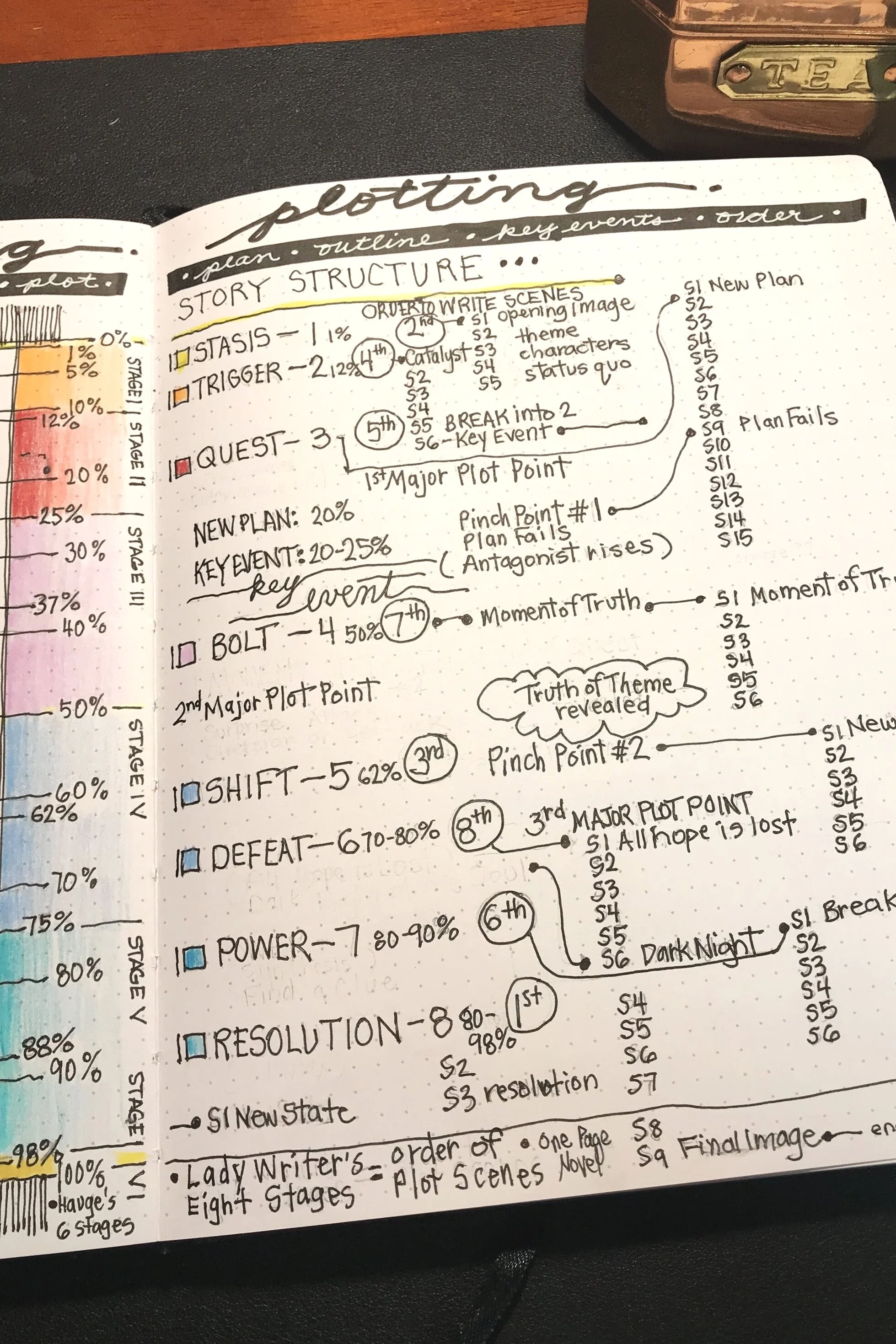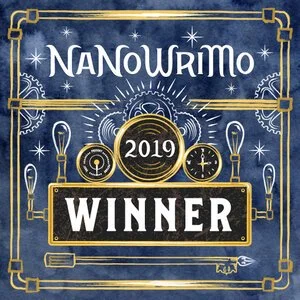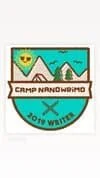Scene and Story Construction
Scene and Story Construction
Written and compiled by Patricia Tiffany Morris
Updated on July 17th, 2022
Bullet Journal 2 Page Spread - Brainstorming Story Structure
Five years ago, I drafted a short story to process events in my personal life. These scribblings morphed into a full-blown fiction series and sent me hurdling into a writing life.
So, here I am.
Several awards later, including a first place in BRMCWC Foundations award 2021, and 1st place in ACFWVA for the same novel.
Add a few awards for poetry, children’s, and short fiction, and you have one happy new writer. Although I can’t call myself new after five years.
But, what does a writer with an engineering and architecture background contribute to the myriad of resources found on the world wide web?
Most days, I ask myself the same question.
Common doubts and insecurities surface in creative artsy types. Fondness for organization and charting fuel my curiosity. The propensity for right-brain creativity and left-brain analysis seem to contradict, yet both sides of the brain work together and inspire writers.
Bullet Journal 2 Page Spread - Brainstorming Story Structure
During my writing journey, I investigated many internet resources available to aspiring writers and purchased a variety of fiction and nonfiction reference books. Although a chart with fillable blanks tempts me to start with structure, I’ve included hyperlinks to some of my favorite resources. Click on the links to learn how to create an engaging plot and entertaining characters.
Google sends me to many resources. Randy Ingermanson’s How to Write a Novel Using the Snowflake Method intrigues my geeky self. How to Write a Dynamite Scene Using the Snowflake Method, details vital information of crafting captivating stories. Randy’s website hosts instructional videos and articles every aspiring writer should consume at each new premise. He now has a second snowflake book.
Subscribe to my newsletter here to download my Excel Story Construction spreadsheet from password protected resource library that includes digital art and writing freebies.
One of the first websites I had perused during those early months of writing, includes a 20-minute video clip and article called, How to Write a Novel: A 12-Step Guide by Jerry Jenkins. He has a marvelous library and loads of free articles and downloads for subscribers.
Leigh Shulman provides readers with 8 Step Process to Write Your Book. The second bullet item in her list features a pre-writing step common to writing ventures. The more you know about your characters, their voice, their stories, the more realistic and consistent their life story. So, fill out those character sheets and forms. Create a backstory as detailed and intricate as possible. Shulman suggests a personality test for each character. What a novel idea!
C. S. Lakin at Live Write Thrive promotes an incredible resource library for subscribers and reminds the industry to continue to study the craft of writing. Her articles overflow with informational content and add hyperlinks to refer others to her favorite authors and resources. Lakin created a marvelous resource called First Page Checklist. Her Ten Key Scenes and 12 Key Pillars of Novel Construction come with free worksheets and optional workbooks.
18 Page Save the Cat worksheet included with Master Story planning spreadsheets.
James Scott Bell’s Super Structure unleashes the power and genius of story structure, even for those who have never structured a novel. His story craft books remove the stigma of plotting a novel. Write Your Novel from the Middle, helps authors avoid a sagging middle.
K. M. Weiland's website includes an extensive library. Her nonfiction books called Structuring Your Novel, Outlining Your Novel and 5 Secrets of Story Structure, reveal story organization. Her articles raise awareness of industry professionals. She identifies organizational forms to glue your writing ideas together.
Eva Deverell’s Lady Writer’s 8 Stages encourages writers to plot the end of your story, first. She outlines the scene identification steps that follow a different order than the story timeline. Once you’ve set a story premise and decided on characters and goals, try her One Page Novel resource. An hour long plotting video resides at her website.
Donald Maass instructs writers to ask impactful questions. The Emotional Craft of Fiction by Maass directs writers to look beyond the story structure to the theme. While plotting and planning are important, write the emotional center that connects with readers. Maass teaches intensive writers' workshops. His theory proved a highlight of my writing journey.
The Dance of Character & Plot by DiAnn Mills graces my bookshelf. The title alone captivates my imagination, and each chapter breathes new energy to story ideas. She masterfully includes character development questions, suggested readings, and many other tips. Mills has crafted a fabulous resource for new writers.
If you prefer video clips for instruction, listen and watch one my favorite speakers, Ellen Brock. She presents personable, professional videos on plotting and planning a novel. My favorite video is How to Plot Your Novel Fast. Her instruction offers encouragement to new writers learning the craft of story structure. Her enthusiasm will brighten your day.
Outlining acts like a road map. If you travel, you have most likely experienced getting lost. Similar to the method used by GPS systems, story writing tools help your protagonist reach their overall goals and craft a satisfying ending to your story.
On your next vacation, start driving to see where the road takes you. Sit in your favorite chair and start typing your thoughts and ideas. See where your ideas lead you. Or plot a course, plan your key scenes, and make adjustments as needed. Just like a scenic route detours your adventures and rejoins your original destination.
If you have a plan, you are in control. You'll find creative ideas whichever way you approach story construction. Pantsers often spend more time rewriting, reorganizing, or filling plot holes. Using a few key scenes will illuminate a storyline and form the basis of a good plot. Have fun discovering an opportunity to write from signpost to signpost by the seat of your pants.
So, pantsers and plotters unite!
Check out the resource links, (some are affiliate links), subscribe to my blog, and enjoy the free resources. May the Story Construction Excel Spreadsheet bless you in your writing journey as an organizational tool for your next project.
Enjoy your writing life.
Scene & Story Construction Excel spreadsheet compiled by Patricia Tiffany Morris
The National Novel Writing Month is always approaching. And if it’s not, why not work on Nanofimo. National Novel Finishing Month!
Don’t forget their free resource called Nano Prep 101 Handbook.
Happy Nano-ing.
And happy writing wherever you find yourself.
written and updated by Patricia Tiffany Morris
of Tiffany Inks Studio LLC
Check out the NaNoWriMo Website!
Patricia Tiffany Morris, a 7-time NaNo and Camp Nano participant since 2018, and a mom who forced her children do NaNo for English literature and creative writing classes while home educating.
Written by Patricia Tiffany Morris
Freshly updated on July 17th, 2022
Original article on October 21, 2019

















